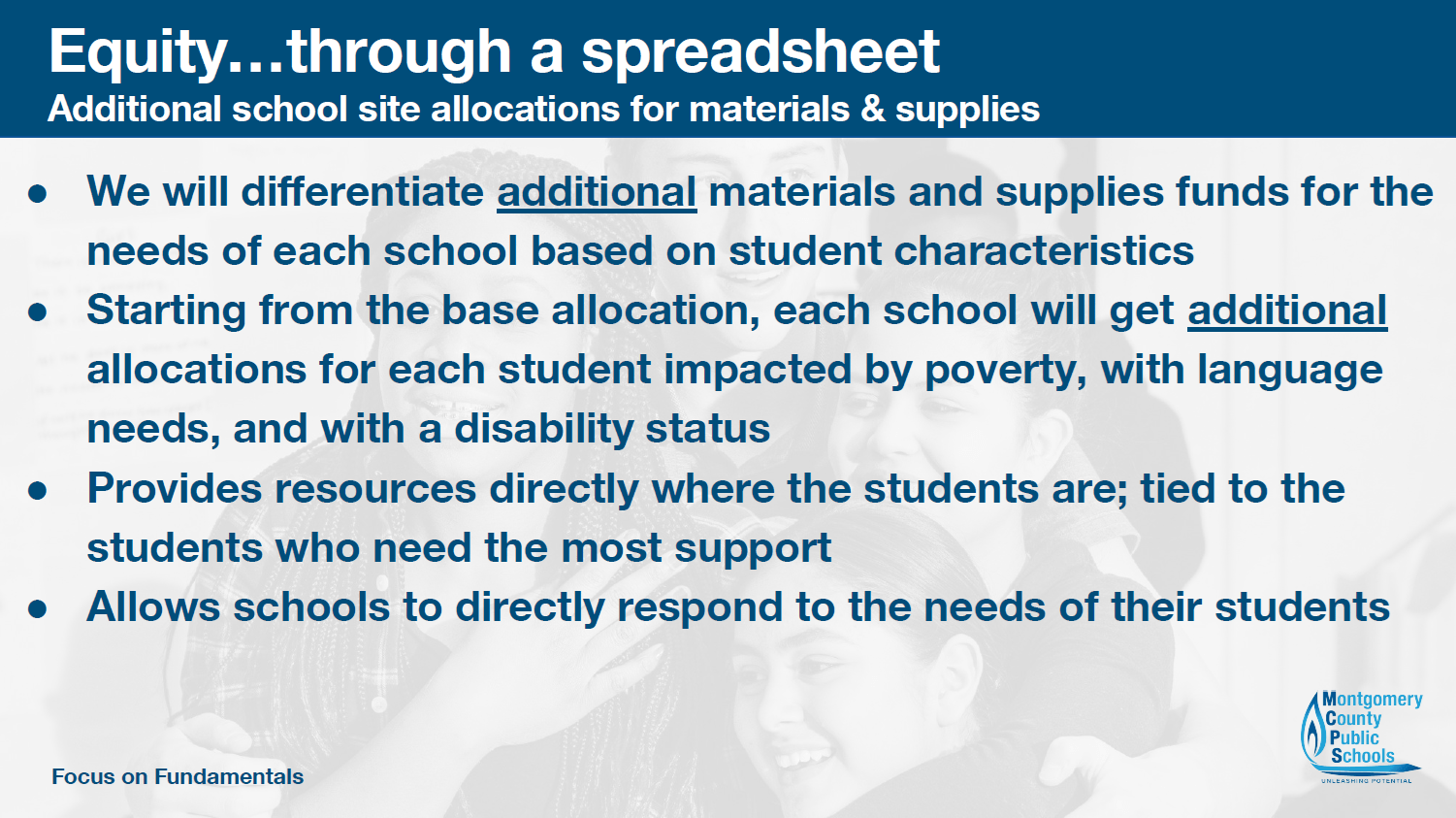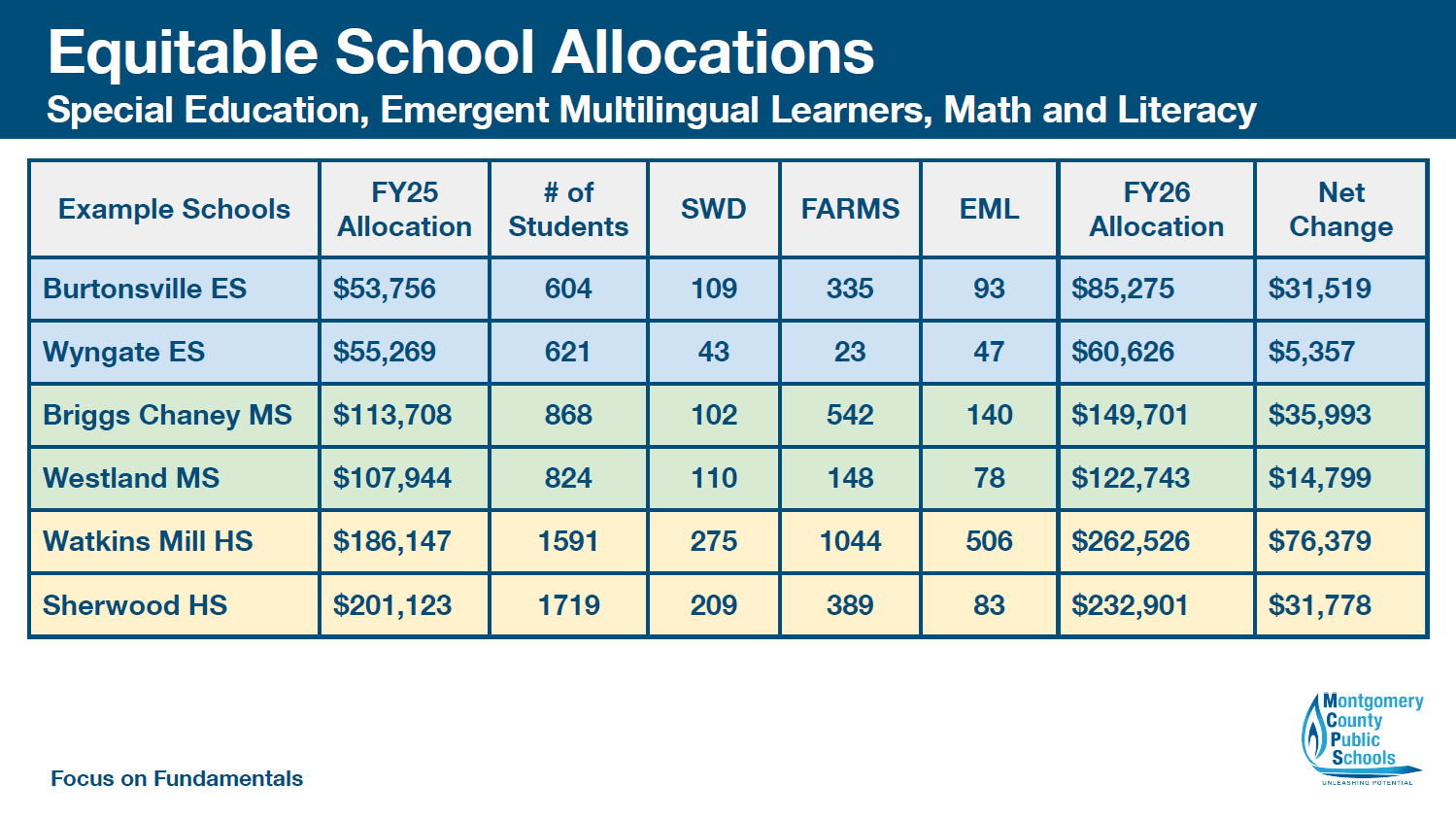By Adam Pagnucco.
As I predicted earlier this week, the Trump administration’s crusade against diversity, equity and inclusion (DEI) initiatives has moved beyond the federal government towards other entities receiving federal aid. How much will the University of Maryland, Montgomery College and MCPS be affected?
In an incendiary dear colleague letter written on February 14, Craig Trainor – the Acting Assistant Secretary for Civil Rights at the U.S. Department of Education – launched a far-ranging attack against DEI programs at educational institutions. Among many other things, Trainor writes:
Educational institutions have toxically indoctrinated students with the false premise that the United States is built upon “systemic and structural racism” and advanced discriminatory policies and practices. Proponents of these discriminatory practices have attempted to further justify them—particularly during the last four years—under the banner of “diversity, equity, and inclusion” (“DEI”), smuggling racial stereotypes and explicit race-consciousness into everyday training, programming, and discipline.
But under any banner, discrimination on the basis of race, color, or national origin is, has been, and will continue to be illegal.
The letter appears to be aimed primarily at universities and colleges as it applies the U.S. Supreme Court decision Students for Fair Admissions v. Harvard (SFFA) to a broad range of activities beyond admissions. Trainor writes:
Although SFFA addressed admissions decisions, the Supreme Court’s holding applies more broadly. At its core, the test is simple: If an educational institution treats a person of one race differently than it treats another person because of that person’s race, the educational institution violates the law. Federal law thus prohibits covered entities from using race in decisions pertaining to admissions, hiring, promotion, compensation, financial aid, scholarships, prizes, administrative support, discipline, housing, graduation ceremonies, and all other aspects of student, academic, and campus life. Put simply, educational institutions may neither separate or segregate students based on race, nor distribute benefits or burdens based on race.
Trainor attacks both the direct and indirect use of race in decision making. He writes, “…A school may not use students’ personal essays, writing samples, participation in extracurriculars, or other cues as a means of determining or predicting a student’s race and favoring or disfavoring such students. Relying on non-racial information as a proxy for race, and making decisions based on that information, violates the law.”
After elaborating on the thoughts above, the letter issues this specific threat.
The Department intends to take appropriate measures to assess compliance with the applicable statutes and regulations based on the understanding embodied in this letter beginning no later than 14 days from today’s date, including antidiscrimination requirements that are a condition of receiving federal funding.
All educational institutions are advised to: (1) ensure that their policies and actions comply with existing civil rights law; (2) cease all efforts to circumvent prohibitions on the use of race by relying on proxies or other indirect means to accomplish such ends; and (3) cease all reliance on third-party contractors, clearinghouses, or aggregators that are being used by institutions in an effort to circumvent prohibited uses of race.
Institutions that fail to comply with federal civil rights law may, consistent with applicable law, face potential loss of federal funding.
The University of Maryland, Montgomery College and every other higher education institution in the country receiving federal funds is thereby put on notice. Given recent events, clawbacks are not out of the question. But what about MCPS?
MCPS has at least two areas of exposure to such a broad attack on DEI.
The first is budgetary. Its budget staffing guidelines for individual schools assign more English language development teachers to middle and high schools based in part on their Multidisciplinary Educational Training and Support (METS) student populations. The METS program history describes its establishment as intended to support English for Speakers of Other Languages students. Additionally, allocations of assistant school administrators, classroom teachers, academic intervention teachers, focus teachers and team leaders are based in part on free and reduced price meals (FARMS) rates. These budget practices have the effect of driving more resources to schools with significant Black and Brown populations as can be clearly seen in MCPS’s Schools at a Glance series. Someone like Trainor would surely see this as an indirect use of race in budget decisions.
Superintendent Thomas Taylor would like to intensify these practices. In his December budget presentation, he vowed, “We will differentiate additional materials and supplies funds for the needs of each school based on student characteristics.” He also gave specific examples of affected schools as shown below. This is not an explicit use of race in decision making, but a die-hard opponent of DEI like Trainor could see this as use of race via proxy.


Taylor believes in equity. Trump’s Education Department does not.
The second area of exposure is MCPS’s $15.6 million, 103 FTE Division of Equity and Organizational Development, which Taylor wants to expand by $8 million. The division is tasked with implementing MCPS’s Antiracist System Action Plan, a sweeping plan dealing with school culture, workforce diversity, work conditions, curriculum, community relations and equity of access. It’s the kind of tangible, specific and well-financed DEI initiative that progressives cheer and MAGA conservatives abhor. This is a natural target for someone like Trainor and any other anti-DEI Trump administration officials.
What’s becoming increasingly clear is that the Trump administration’s views on immigration, DEI and other issues – there will surely be more – are in complete opposition to the values and practices of Montgomery County government, MCPS and many other governmental institutions in Maryland.
Trump and his subordinates have demonstrated their willingness to go farther than any past presidential administration in enforcing their agenda. If federal money starts to disappear as it did in New York City, can our leaders fight back effectively? Or will they simply raise state and local taxes to offset federal clawbacks and cutoffs?
